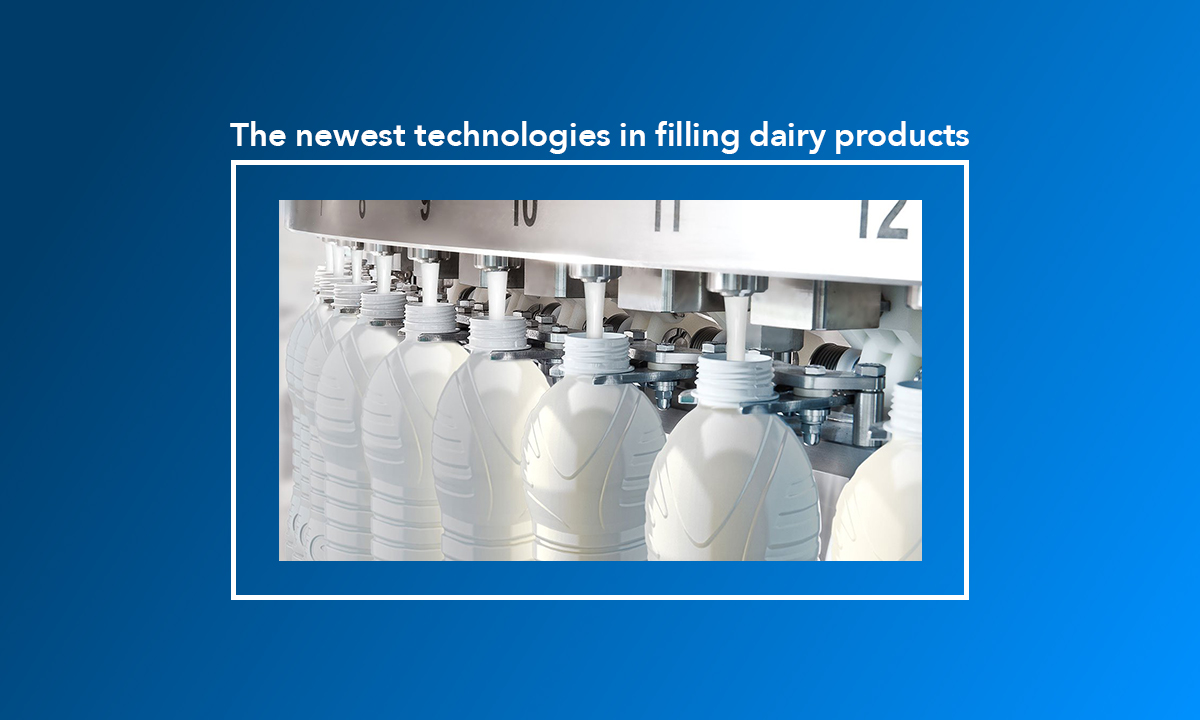The newest technologies in filling dairy product:
Dairy processing and manufacturing are growing rapidly worldwide to meet the ever-increasing demand for milk and milk products from the world’s population
The supply of milk became a commercial industry, with specialized breeds of cattle being developed for dairy, as distinct from beef or draught animals.
Initially, more people were employed as milkers, but it soon turned to mechanization with machines designed to do the milking.
Industrial processing:
Dairy plants process the raw milk they receive from farmers so as to extend their marketable life. Two main types of processes are employed: heat treatment to ensure the safety of milk for human consumption and to lengthen its shelf-life, and dehydrating dairy products such as butter, hard cheese, and milk powders so that they can be stored.
Cream and butter: Today, milk is separated by huge machines in bulk into the cream and skim milk. The cream is processed to produce various consumer products, depending on its thickness, its suitability for culinary uses and consumer demand, which differs from place to place and country to country.
Skimmed milk: The product left after the cream is removed is called skim, or skimmed milk. To make a consumable liquid a portion of cream is returned to the skim milk to make low-fat milk (semi-skimmed) for human consumption
Casein: is the predominant phosphoprotein found in fresh milk. It has a very wide range of uses from being a filler for human foods, such as ice cream, to the manufacture of products such as fabric, adhesives, and plastics.
Cheese:
Cheese is another product made from milk, Whole milk is reacted to form curds that can be compressed, processed and stored to form cheese.
Why? In earlier times, whey or milk serum was considered to be a waste product and it was, mostly, fed to pigs as a convenient means of disposal
Milk powders: Milk is also processed by various drying processes into powders. Whole milk, skim milk, buttermilk, and whey products are dried into a powder form and used for human and animal consumption.
Other milk products: Kumis is produced commercially in Central Asia. Although it is traditionally made from mare’s milk, modern industrial variants may use cow’s milk instead
What is the use of dairy products?
Regardless of its delicious taste, we eat dairy products as they provide us with a range of nutrients:
It is a good source of protein that helps us grow and fix glitches.
It is also a source of calcium that helps us maintain and grow bones and gives them strength and health.
It contains the important iodine element for the nerves and brain to function and obtain healthy skin.
It provides us with vitamin B12, which supports healthy red blood cells and nerves.
It provides us with vitamin B2 (riboflavin), which helps release energy from carbohydrates and proteins.




